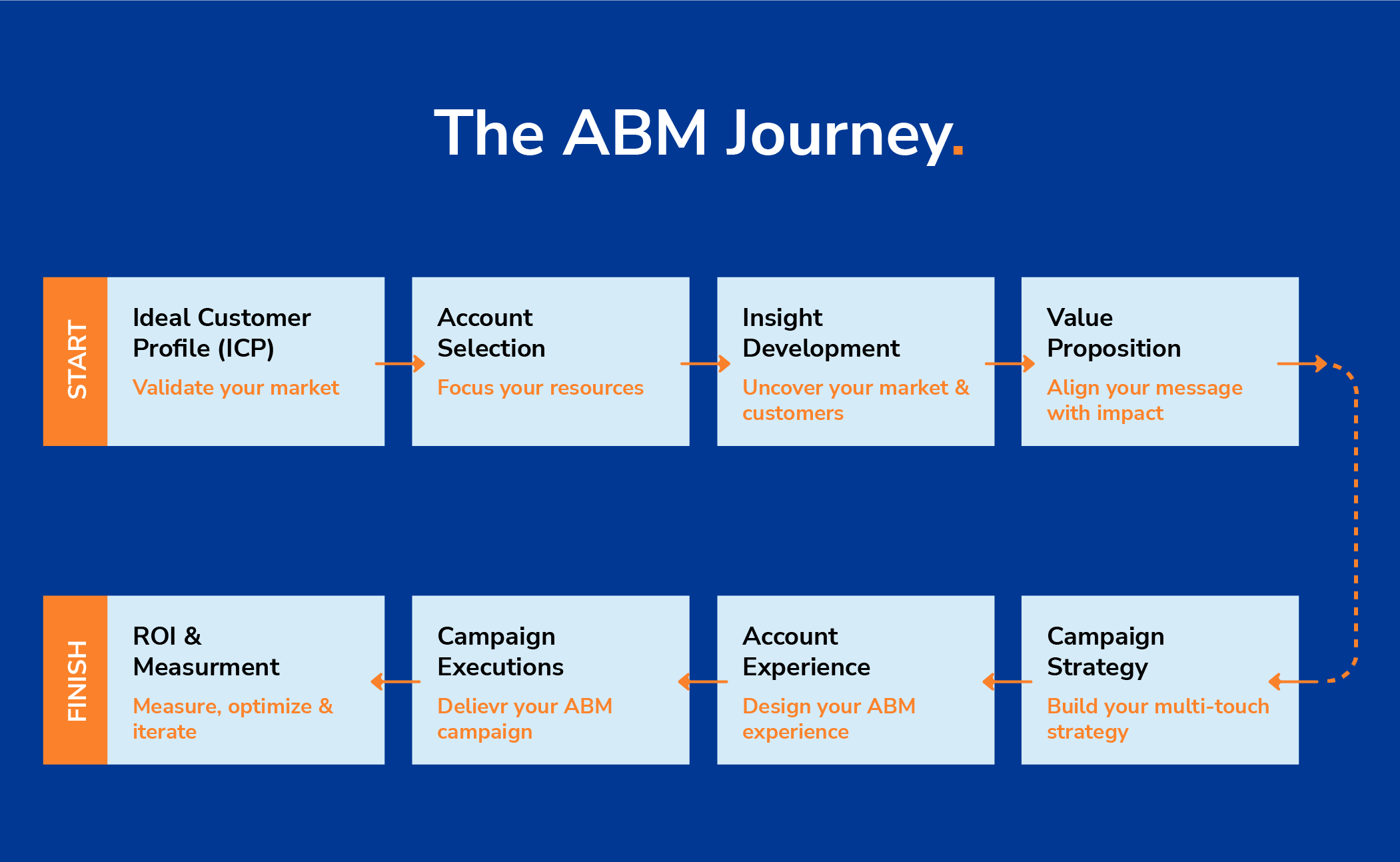Marketing has changed more in the last five years than it did in the previous two decades. Along with this evolution came a flood of new terminologies, ideas, and frameworks. One such term that is now central to B2B strategy is Account Based Marketing, often abbreviated as ABM. While it sounds like another marketing acronym, the concept represents a profound shift in how companies target and win over their most valuable clients.

The term was first introduced in 2004 by the Information Technology Services Marketing Association, better known as ITSMA. But the core idea behind it has been around for much longer. Many companies, especially in the technology, telecom, and enterprise software sectors, have always recognised that a large chunk of their revenue comes from a small group of key clients. ABM simply gave structure, tools, and strategy to what these businesses had been informally practicing for years.
ABM flips the traditional marketing funnel on its head. Instead of casting a wide net to attract leads and then filtering them down, ABM starts by identifying high potential accounts and then creates personalised campaigns tailored to each one. It is a marriage of precision and creativity. It is also a powerful alignment tool between marketing and sales teams who often operate in silos.
ADVERTISEMENT

The early adopters of ABM were businesses with complex offerings, long sales cycles, and multi stakeholder buying processes. For them, ABM was not just a tactical choice, it was a necessity. Whether it was a telecom firm courting a government client or a tech company selling a multi layered software solution, a personalised approach worked better than mass outreach.
What made ABM scaleable and data driven was the advancement of CRM tools, automation platforms, and analytics in the early 2000s. These technologies allowed marketers to understand client behavior in depth, engage at multiple touchpoints, and measure effectiveness with more accuracy than ever before. Suddenly, ABM was no longer just for a few large enterprises. Mid size B2B companies also began adopting it as a core growth engine.
The foundation of ABM lies in a simple truth. Retaining and growing an existing relationship with a key client is far more valuable than constantly chasing new ones. Instead of always trying to widen the customer base, ABM encourages brands to go deeper with the ones who matter most.

In today’s fragmented and hyper competitive environment, attention is limited. Personalisation is expected. Collaboration between sales and marketing is critical. ABM addresses all three. It lets brands cut through the noise and build meaningful, long term relationships with the clients that drive their business forward.
ADVERTISEMENT
What once began as a term buried in B2B whitepapers is now one of the fastest growing disciplines in marketing. As more companies reimagine how they engage with enterprise clients, ABM is no longer optional. It is essential.
To stay updated on how marketing strategy is evolving and what trends are shaping the future of brand communication, follow Marketing Moves on Instagram and Facebook.















